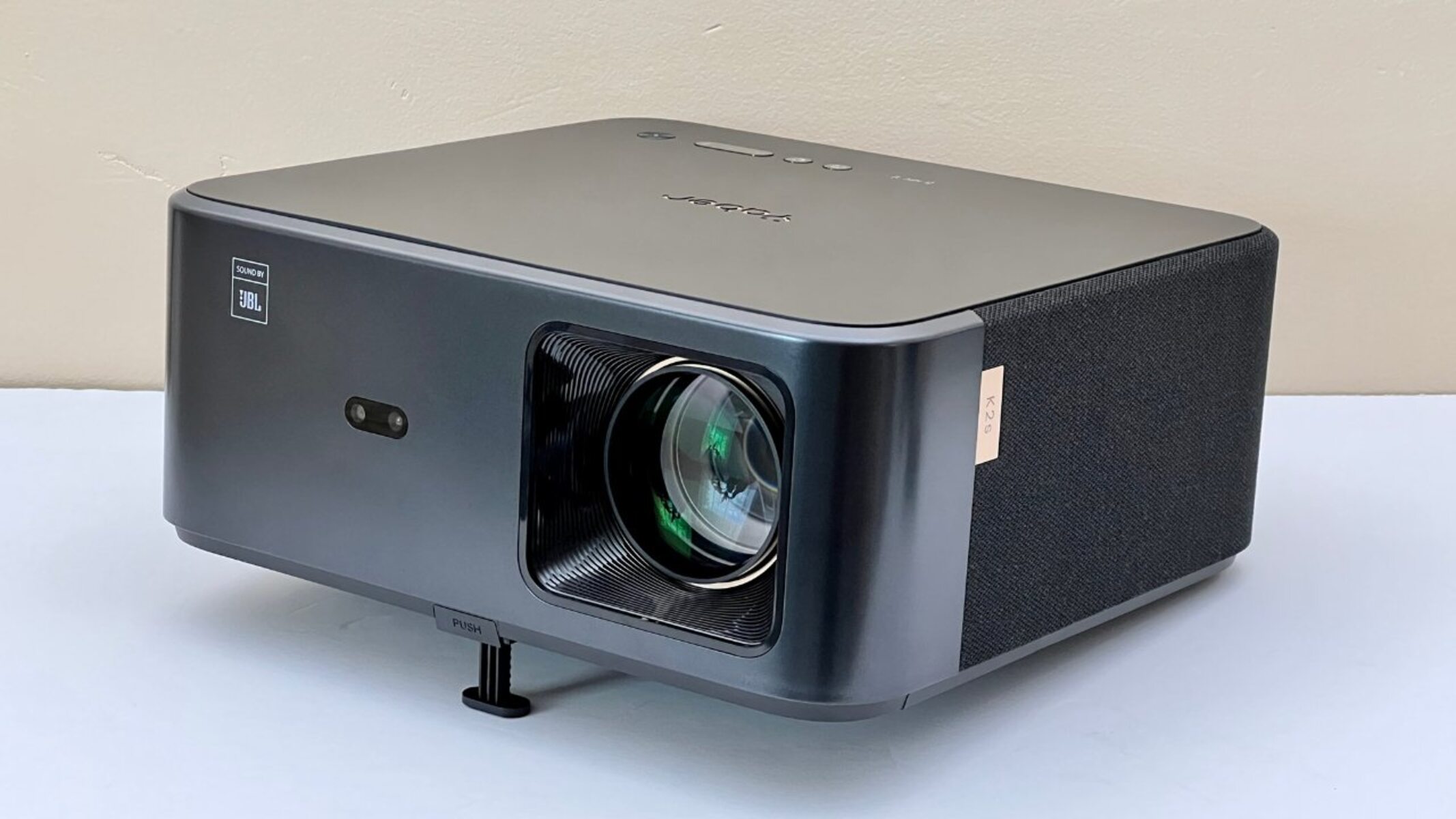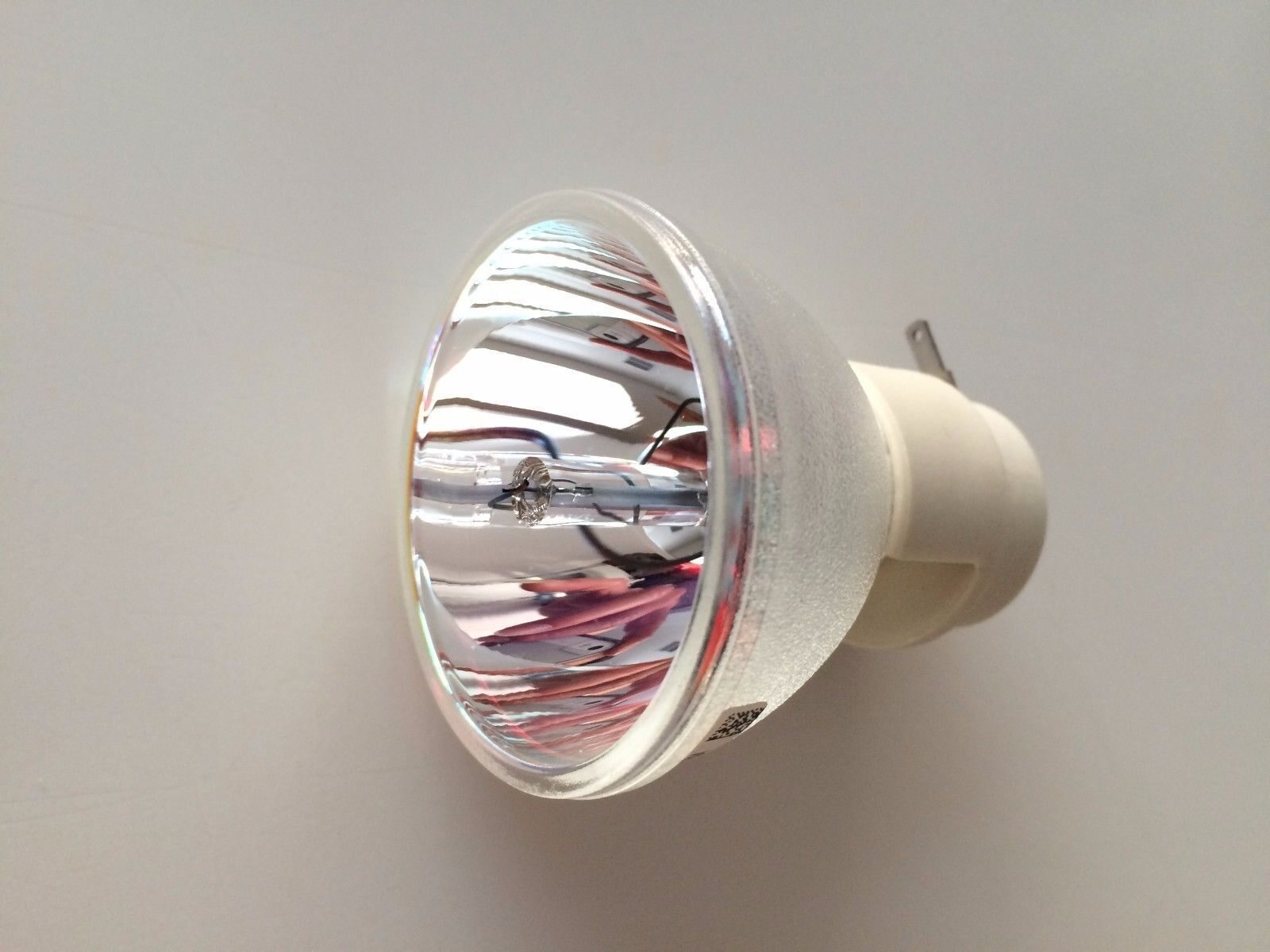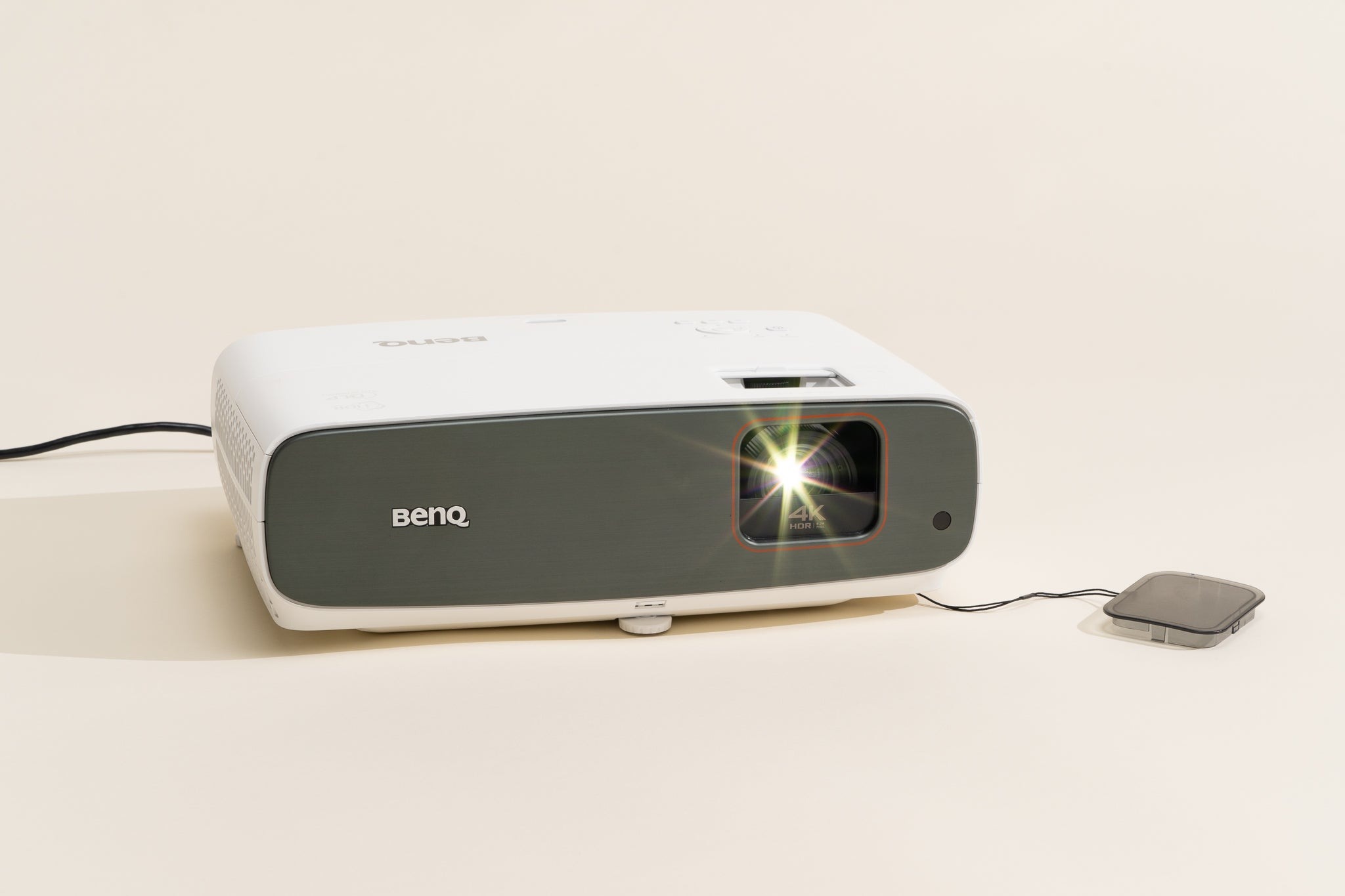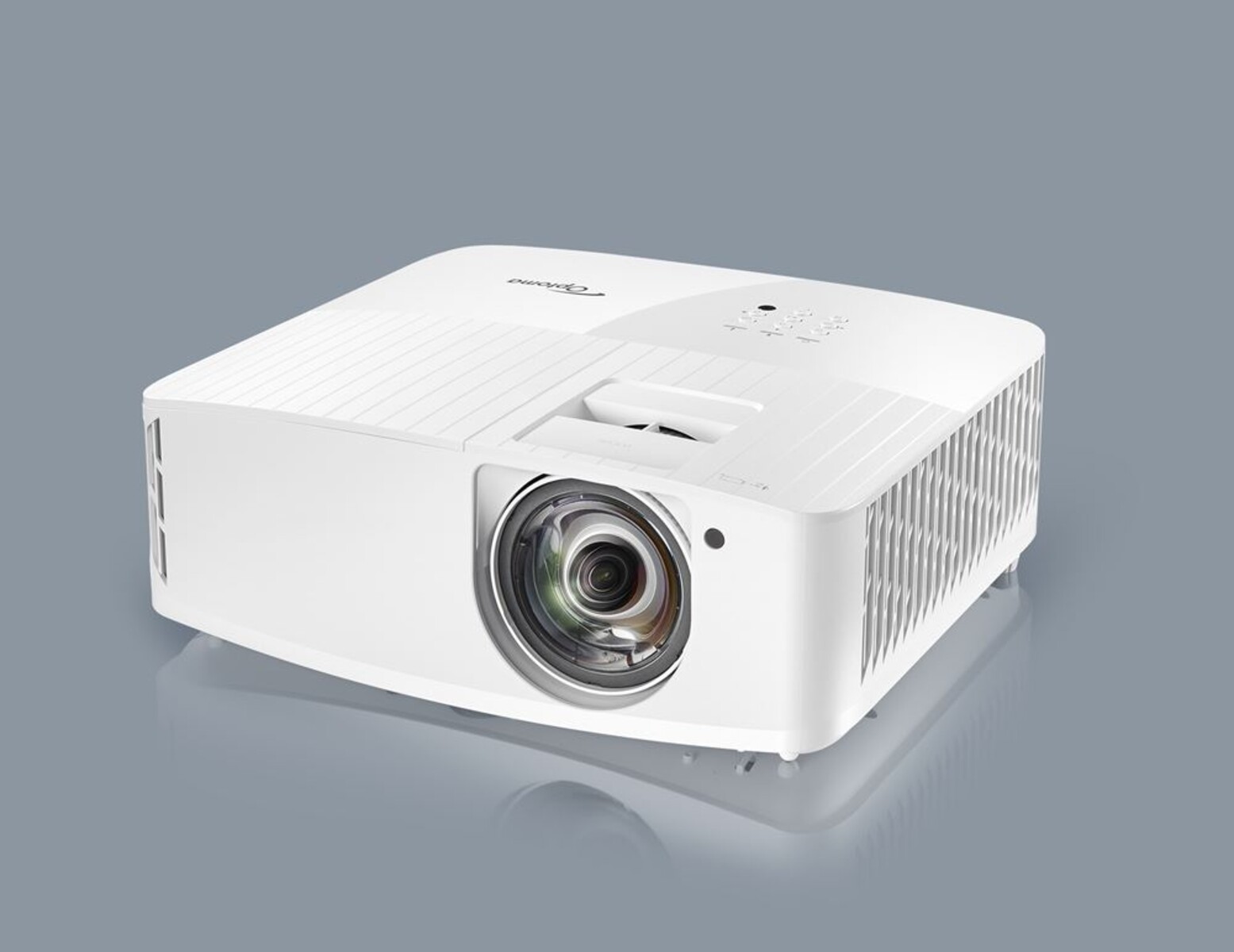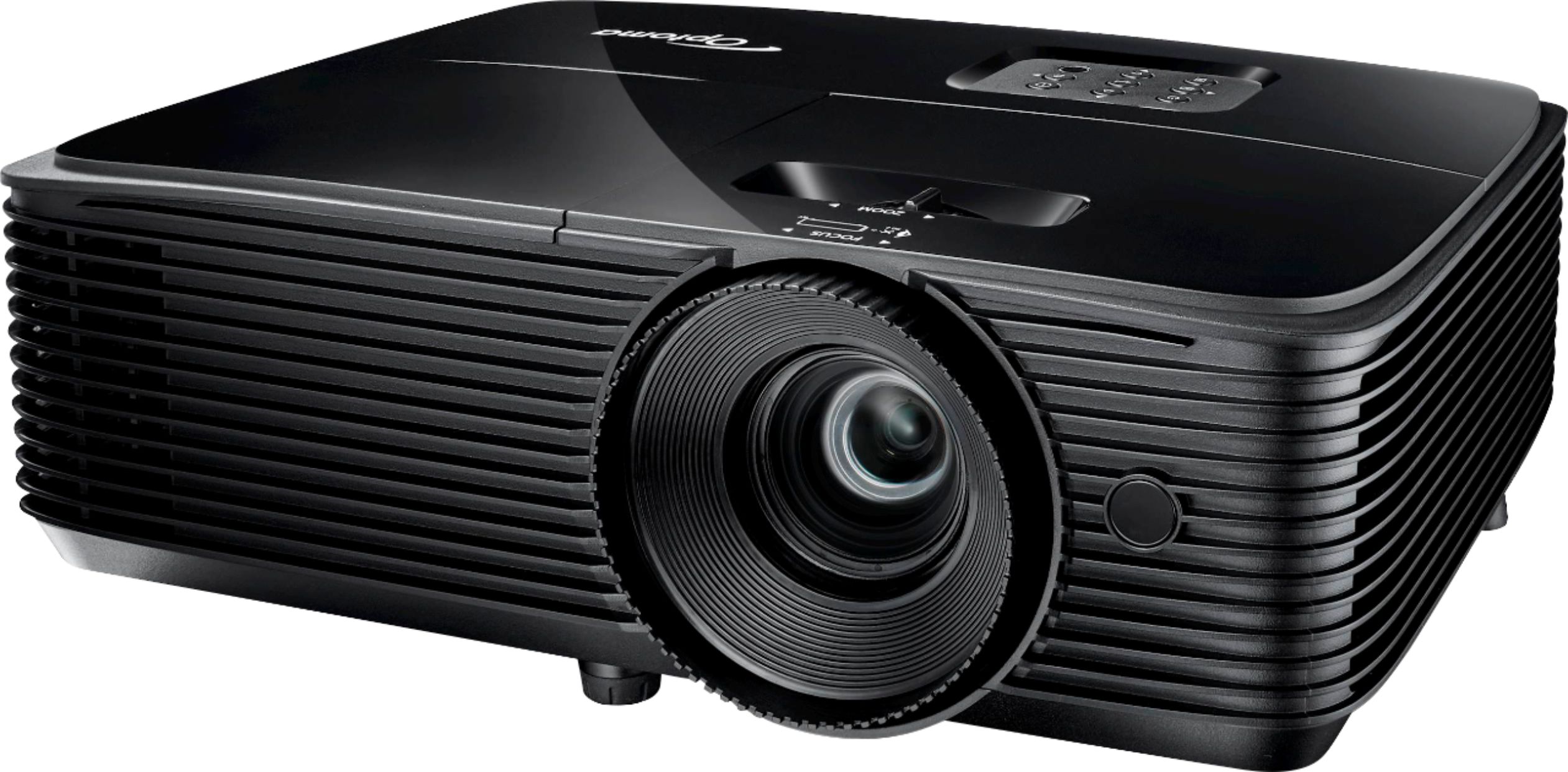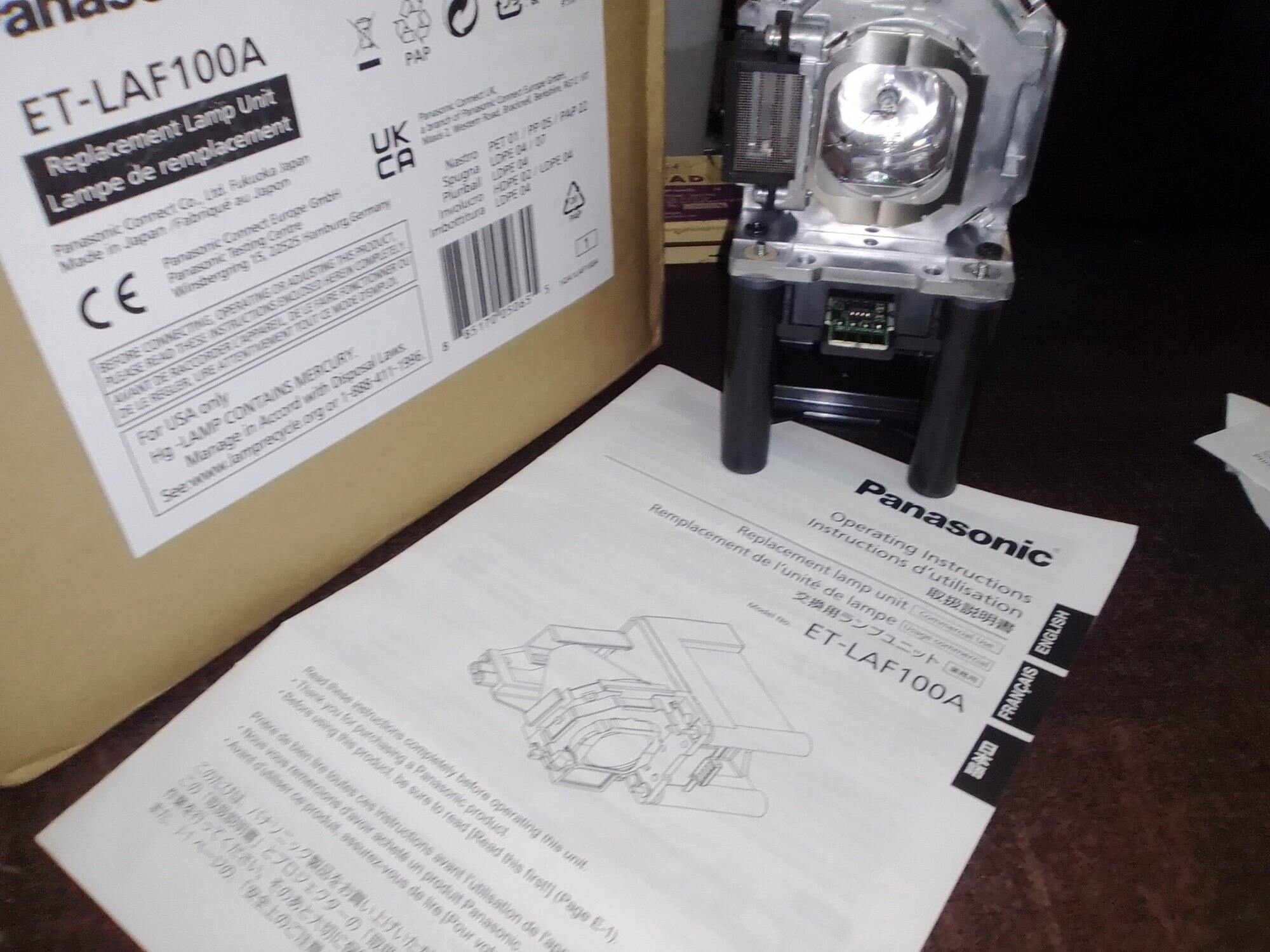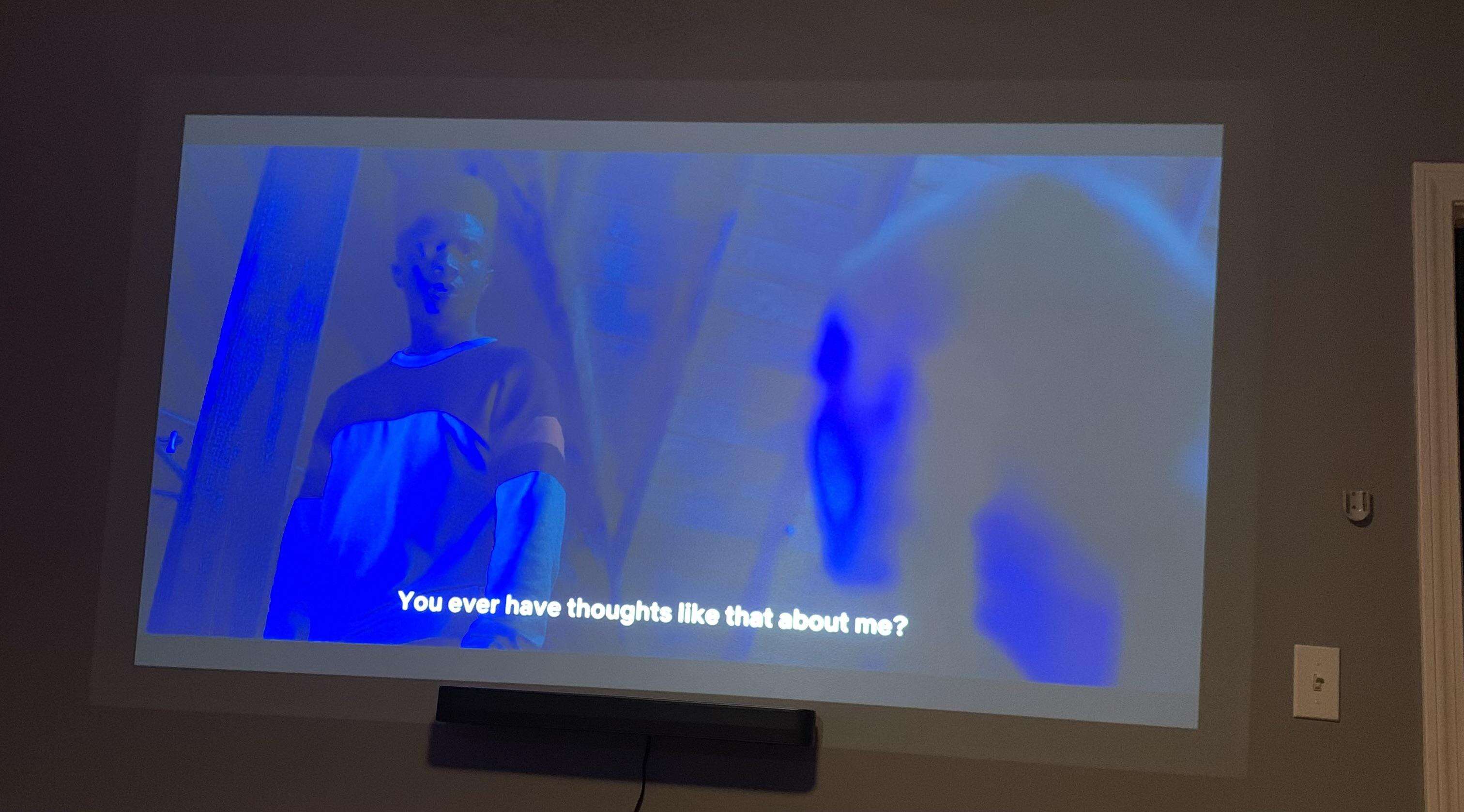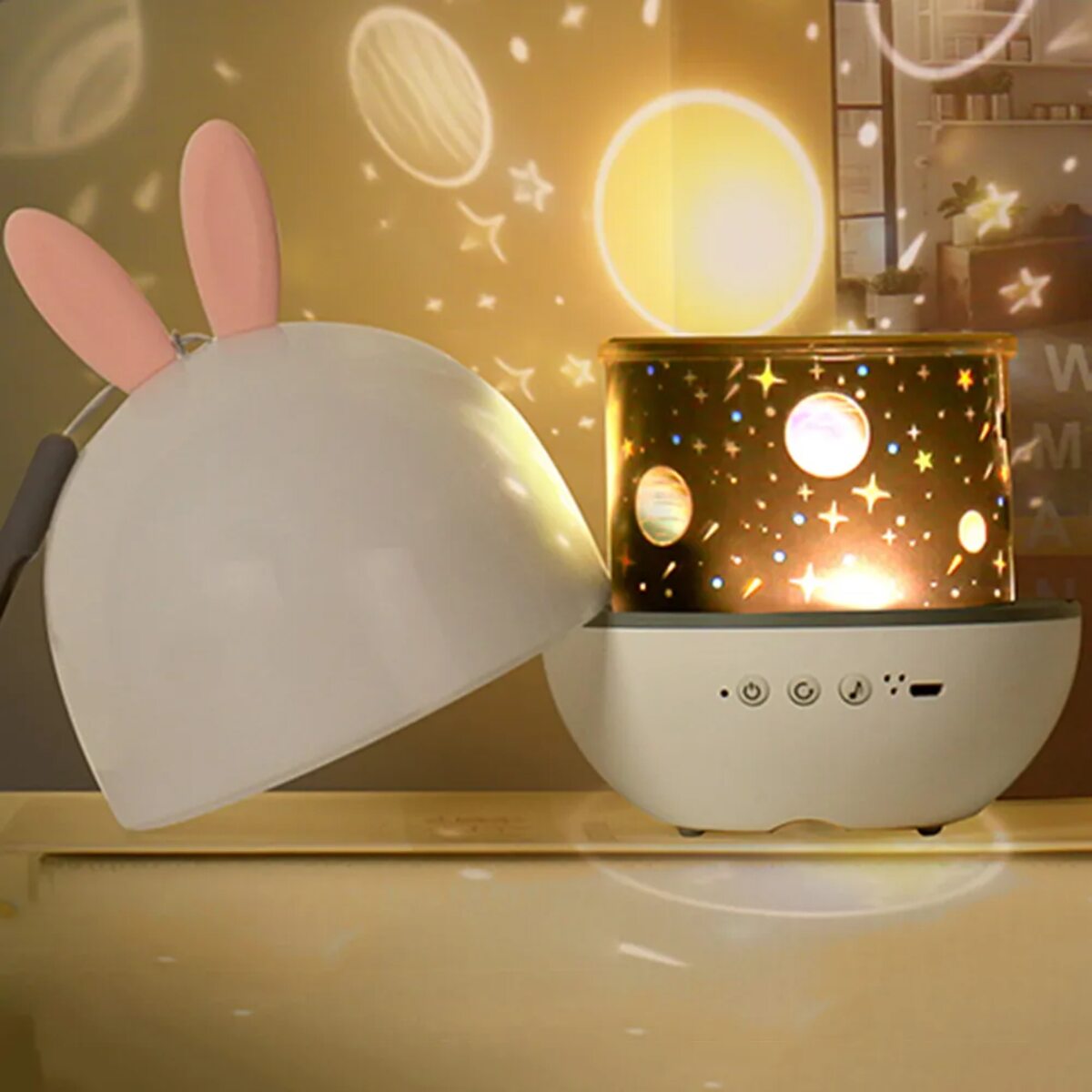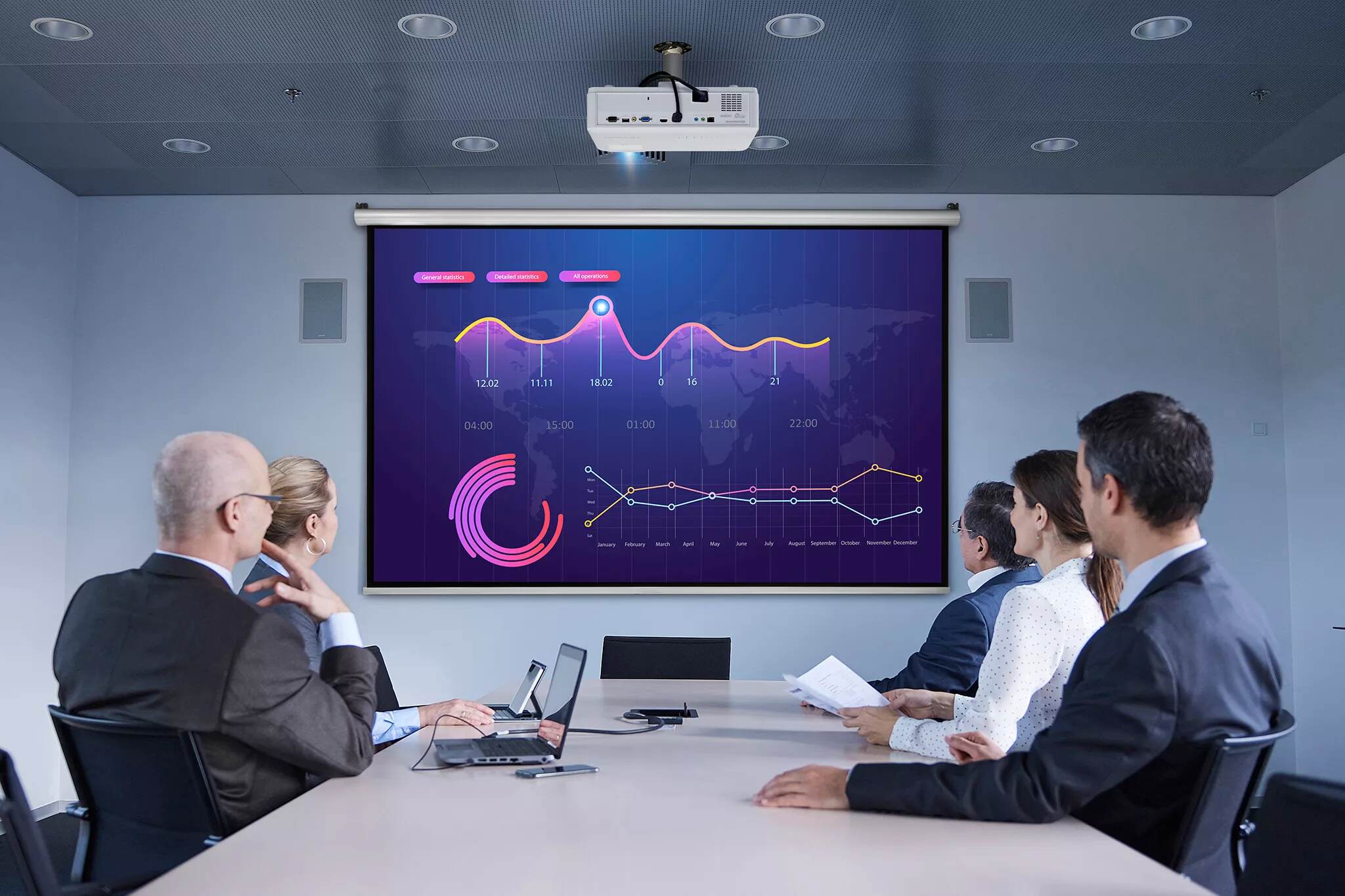Signs that your projector lamp needs to be replaced
Projector lamps play a crucial role in ensuring optimal image quality and brightness during presentations or movie screenings. Over time, these lamps begin to deteriorate and may require replacement. Recognizing the signs that your projector lamp needs to be replaced is essential to avoid interruptions during important presentations or events. Here are the key indicators:
- Diminished brightness: One of the first signs that your projector lamp is nearing the end of its lifespan is a noticeable decrease in brightness. If you find yourself constantly adjusting the brightness settings, even at the highest level, it’s likely time to replace the lamp.
- Color distortion: A healthy projector lamp should produce clear and vivid colors. If you start noticing a significant shift in color accuracy, with images appearing dull, faded, or displaying unusual hues, it’s a strong indication that the lamp is nearing the end of its life.
- Flickering or blinking: If your projector lamp begins to flicker or blink intermittently, it could be a sign that the lamp is reaching its limit. This irregular behavior can also be accompanied by sudden shut-offs or unexpected cooling fan noises.
- Increased noise: As projector lamps age, they may produce more noise than usual, including buzzing or humming sounds. If the noise becomes distracting and disruptive during presentations or movie viewings, it might be a sign that the lamp needs replacement.
- Exceeded lamp hours: Most projectors have a built-in lamp hours counter that indicates the total number of hours the lamp has been used. It is important to keep track of these hours and replace the lamp once it exceeds the recommended usage time, as specified by the projector manufacturer.
Recognizing these signs and promptly replacing your projector lamp will help maintain optimal image quality, ensure a seamless presentation experience, and extend the lifespan of your projector. In the next section, we will discuss the typical lifespan of projector lamps and factors that can affect their longevity.
How long do projector lamps typically last?
The lifespan of a projector lamp can vary depending on different factors such as usage, environment, and the specific model of the projector. On average, projector lamps have a lifespan ranging from 2,000 to 5,000 hours of use. However, it’s important to note that this is just a general estimate, and some lamps can last even longer.
The lamp life mentioned by manufacturers is usually based on optimal conditions, such as running the projector in eco-mode and ensuring proper ventilation to prevent overheating. In real-world scenarios, where projectors are often used in different environments and usage patterns vary, the actual lifespan may differ.
For example, if a projector is used extensively for presentations or in commercial settings, where it is constantly running for long periods of time, the lamp may wear out faster. On the other hand, if the projector is used more sparingly, such as for occasional movie nights at home, the lamp may last longer.
It’s important to read the manufacturer’s specifications and recommendations to get a better understanding of the estimated lamp life for your particular projector model. Additionally, some projectors come with a lamp life indicator that tracks the number of hours the lamp has been used, providing a clearer idea of when it may need to be replaced.
It’s worth noting that even if your projector lamp hasn’t reached the end of its estimated lifespan, it’s still important to keep an eye out for the signs mentioned in the previous section. If you notice any of those signs, it’s advisable to replace the lamp regardless of the number of hours it has been used.
By being proactive and replacing the lamp at the appropriate time, you ensure the best image quality and prevent any potential disruptions during important events or presentations. In the next section, we will explore the factors that can affect the lifespan of a projector lamp.
Factors that can affect the lifespan of a projector lamp
The lifespan of a projector lamp can be influenced by various factors that impact its overall performance and longevity. Understanding these factors can help you take the necessary steps to maximize the lifespan of your projector lamp. Here are some key factors to consider:
- Usage hours: The more frequently a projector lamp is used, the shorter its lifespan is likely to be. Continuous usage over extended periods can put a significant strain on the lamp and result in faster deterioration. Monitoring the lamp usage hours and giving it breaks between sessions can help extend its lifespan.
- Operating mode: Projectors usually have different operating modes, such as eco-mode or high-brightness mode. Operating the projector in eco-mode can help reduce the strain on the lamp and prolong its lifespan. Eco-mode lowers the lamp’s power consumption and temperature, resulting in less wear and tear.
- Ventilation and temperature: Proper ventilation is crucial for the optimal performance of a projector lamp. Overheating can significantly reduce the lifespan of the lamp. Ensure that the projector is placed in a well-ventilated area and that the air filters are regularly cleaned to prevent dust buildup, which can obstruct airflow and cause overheating.
- Power surges and fluctuations: Power surges and fluctuations can pose a risk to the longevity of the lamp. It is advisable to use a surge protector to safeguard the projector from sudden power changes and voltage spikes.
- Transportation and handling: Rough handling or frequent transportation of the projector can lead to lamp damage. Protect the projector and lamp during transportation by using padded carrying cases and secure the lamp properly before moving the projector.
- Lamp quality and compatibility: The quality and compatibility of the lamp used in the projector can also have an impact on its lifespan. Opt for genuine lamps recommended by the projector manufacturer to ensure compatibility and optimal performance.
By taking these factors into consideration and implementing the necessary precautions, you can enhance the lifespan of your projector lamp and avoid premature failures. In the next section, we will discuss the benefits of replacing your projector lamp in a timely manner.
Benefits of replacing your projector lamp in a timely manner
Replacing your projector lamp in a timely manner offers several benefits that contribute to a better overall viewing experience and the longevity of your projector. Here are the key advantages of replacing your projector lamp when needed:
- Improved image quality: A new projector lamp ensures optimal brightness, color accuracy, and clarity, resulting in a significantly improved image quality. This is especially important during presentations, movie screenings, or any other visual content where vibrant and crisp images are essential.
- Enhanced brightness: Over time, projector lamps lose their brightness, resulting in a dimmer image. By replacing the lamp, you can restore the projector’s brightness to its original levels, allowing for a better viewing experience even in well-lit environments.
- Smooth and uninterrupted presentations: A projector lamp reaching the end of its lifespan is prone to flickering, blinking, or sudden shutdowns. By replacing it in a timely manner, you can avoid interruptions during important presentations or events, ensuring a seamless and professional experience.
- Extended lifespan of the projector: A worn-out or faulty lamp can put unnecessary strain on other components of the projector, potentially leading to additional issues and reducing the overall lifespan of the device. By replacing the lamp when needed, you help maintain the proper functioning of the projector and potentially extend its overall lifespan.
- Cost-efficiency: While replacing a projector lamp may seem like an expense, it is a much more cost-effective solution compared to replacing the entire projector. By investing in a new lamp, you can continue to use your projector with improved performance and avoid the higher costs associated with purchasing a new device.
By being proactive and replacing your projector lamp in a timely manner, you can enjoy the advantages of optimal image quality, extended projector lifespan, and a seamless presentation or viewing experience. In the next section, we will discuss how to check if your projector lamp needs to be replaced.
How to check if your projector lamp needs to be replaced
Checking if your projector lamp needs to be replaced is an important step in ensuring optimal performance and avoiding any unexpected interruptions. Here are some methods to help you determine if it’s time to replace your projector lamp:
- Visual inspection: Start by visually inspecting the lamp for any visible signs of damage or degradation. Look for dark spots, blackened areas, or fractures on the surface of the lamp. If you notice any of these signs, it’s a strong indication that the lamp needs to be replaced.
- Lamp hours counter: Most projectors come equipped with a lamp hours counter that keeps track of the total usage time of the lamp. Check your projector’s menu or settings to locate this feature. If the lamp has exceeded the recommended lamp hours specified by the manufacturer, it’s a good indication that it’s time for a replacement.
- Image quality: Observe the image quality during use. If you notice a significant decrease in brightness, color accuracy, or sharpness, it could be a sign that the lamp is reaching the end of its lifespan. Compare the current image quality to how it previously looked when the lamp was newer and assess if there is a noticeable difference.
- Unusual noise or flickering: Pay attention to any unusual noises coming from the projector, such as buzzing or humming sounds. Additionally, watch out for flickering or blinking of the image. These irregularities can indicate that the lamp is deteriorating and needs to be replaced.
- Regular maintenance reminders: Some projectors have built-in systems that remind you to replace the lamp after a certain number of hours or usage. Check if your projector has such a feature and follow the manufacturer’s guidelines for replacement when you receive the notification.
If you observe any of these signs or your projector is exhibiting abnormal behavior, it’s recommended to consult the user manual or contact the manufacturer’s customer support for further guidance. They can provide specific instructions based on your projector model and help you determine if a lamp replacement is necessary.
By being vigilant and regularly checking the condition of your projector lamp, you can ensure that it is replaced at the appropriate time, maintaining optimal performance and avoiding any unexpected disruptions during important presentations or movie sessions. In the next section, we will discuss where to purchase a new projector lamp.
Where to purchase a new projector lamp
When it comes time to replace your projector lamp, there are several options available for purchasing a new one. Here are some common sources where you can find a replacement lamp:
- Manufacturer’s website: One of the most reliable sources to purchase a replacement lamp is directly from the projector manufacturer’s website. They often offer genuine lamps that are specifically designed for your projector model, ensuring compatibility and optimal performance.
- Authorized resellers: Many manufacturers have authorized resellers that carry their projector lamps. These resellers are reputable and authorized to sell genuine lamps. Look for authorized resellers listed on the manufacturer’s website or contact customer support for recommendations.
- Online retailers: Several online retailers specialize in selling projector lamps from various manufacturers. Websites such as Amazon, Best Buy, and projector-specific retailers offer a wide selection of lamps that are compatible with different projector models.
- Local electronics stores: Check your local electronics stores, such as specialty projector stores or larger chains, for the availability of replacement lamps. Some stores may carry a selection of lamps for popular projector models.
- Third-party vendors: While it’s generally recommended to purchase genuine lamps from authorized sources, there are third-party vendors available online who offer compatible replacement lamps. However, exercise caution when considering third-party options and ensure that the lamps are of high quality and specifically compatible with your projector model.
When purchasing a new projector lamp, it is essential to pay attention to the lamp’s specifications, including compatibility with your specific projector model and the warranty offered by the seller. It’s advisable to choose a reputable source that provides genuine lamps to ensure the best performance and longevity for your projector.
Before making a purchase, consider reading customer reviews, checking the return policy, and comparing prices to make an informed decision. Additionally, consult the manufacturer’s guidelines and recommendations to find the correct lamp model for your projector.
By purchasing a high-quality replacement lamp from a reputable source, you can ensure the best performance and longevity for your projector, allowing you to continue enjoying vivid and clear images during presentations or movie nights. In the next section, we will discuss some tips for extending the lifespan of your projector lamp.
Tips for extending the lifespan of your projector lamp
Extending the lifespan of your projector lamp not only saves you money but also ensures optimal performance throughout its usage. Here are some tips to help you prolong the lifespan of your projector lamp:
- Operate in Eco-mode: Most projectors offer an Eco-mode option that reduces the lamp’s power consumption and extends its lifespan. By operating your projector in Eco-mode, you can minimize the strain on the lamp and prolong its usage hours.
- Allow for cool-down periods: After each use, allow your projector to cool down before turning it off or unplugging it. This helps prevent overheating and ensures that the lamp cools down gradually, reducing the stress on the lamp and prolonging its lifespan.
- Maintain proper ventilation: Ensure proper airflow around the projector by keeping vents and air filters clean and unobstructed. Regularly clean the air filters to prevent dust buildup, as it can block airflow and lead to overheating, which can reduce the lifespan of the lamp.
- Avoid frequent power on/off cycles: Repeatedly turning your projector on and off can cause stress to the lamp and decrease its lifespan. Whenever possible, avoid frequent power cycles and instead keep the projector on for longer durations if you anticipate needing it again soon.
- Avoid moving the projector while it’s on: Moving the projector while it is in use or while the lamp is still hot can cause damage. Always wait for the lamp to cool down before moving the projector to minimize the risk of accidents that could reduce the lamp’s lifespan.
- Use appropriate power surge protection: Power surges and fluctuations can cause damage to the lamp and other components of the projector. Protect your projector by using a surge protector or an uninterruptible power supply (UPS) to prevent sudden voltage spikes and ensure stable power supply.
- Handle the projector with care during transportation: When transporting the projector, ensure it is securely packed and properly protected. Avoid exposing it to extreme temperatures or rough handling that could potentially damage the lamp or other internal components.
By following these tips, you can effectively extend the lifespan of your projector lamp and maximize its usage hours. Remember to consult the user manual or manufacturer’s guidelines specific to your projector model for any additional tips or recommendations on maintaining and caring for your projector.
By taking proper care of your projector and its lamp, you can enjoy optimal image quality, extend the life of your lamp, and avoid the inconvenience and expense of premature replacements. In the next section, we will discuss how to properly replace a projector lamp.
How to properly replace a projector lamp
Replacing a projector lamp may seem like a daunting task, but with proper guidance and caution, it can be a straightforward process. Here are the steps to follow to ensure you properly replace your projector lamp:
- Consult the user manual: Start by referring to the user manual or instructions provided by the manufacturer for your specific projector model. It will provide detailed and specific instructions on how to replace the lamp, ensuring you follow the correct procedure.
- Gather the necessary tools: Before starting the replacement process, gather the necessary tools, which typically include a flathead or Phillips screwdriver and a clean cloth or gloves to handle the new lamp. Make sure you have a compatible replacement lamp ready for installation.
- Prepare the projector: Turn off and unplug the projector, allowing it to cool down completely. Make sure the projector is on a stable surface and in a well-lit area for better visibility during the replacement process.
- Access the lamp compartment: Locate the lamp compartment on your projector. This will usually be on the side or back of the device. Use the screwdriver to remove any screws securing the compartment cover and carefully remove the cover to access the lamp inside.
- Remove the old lamp: Once the lamp is accessible, it will typically be held in place by screws or a lamp cage. Carefully unscrew or release the lamp, ensuring you avoid touching the bulb directly. Follow any additional instructions outlined in the user manual to safely remove the old lamp.
- Install the new lamp: Take the new lamp out of its packaging, handling it by the edges or wearing gloves to prevent any oil or residue from your fingers affecting the lamp’s performance. Align the new lamp correctly and securely attach it in place, following the instructions provided. Ensure all screws or the lamp cage are properly tightened.
- Reassemble the projector: Put the lamp compartment cover back on and secure it with the screws you previously removed. Double-check that all connections are secure and properly aligned before proceeding.
- Reset the lamp hours counter: If your projector has a lamp hours counter function, reset it according to the manufacturer’s instructions to ensure accurate tracking of the new lamp’s usage hours.
- Test the new lamp: Plug in the projector and turn it on to test the newly installed lamp. Ensure that the lamp is functioning correctly and that the image quality and brightness are improved. If any issues arise, consult the user manual or contact customer support for assistance.
Remember, each projector model may have slight variations in the replacement process, so it is crucial to consult the user manual and follow the manufacturer’s specific instructions. Taking your time and being cautious throughout the process will help ensure a successful and safe lamp replacement.
By properly replacing your projector lamp when needed, you can enjoy optimal image quality, extend the lifespan of your projector, and continue to have seamless presentations or movie screenings.







